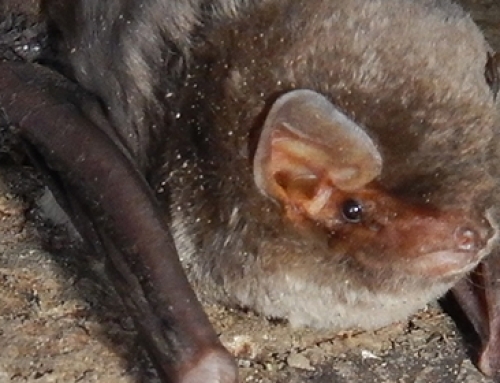A symbiotic bacterium harboured by mosquitoes could be involved in resistance to insecticides. The discovery was made by a research group coordinated by the University of Camerino, in collaboration with the Istituto Zooprofilattico Sperimentale delle Venezie (IZSVe) and the Universities of Pavia, Milan, San Paolo (Brazil), and Glasgow (United Kingdom). The study was published in the international journal mBIO of the American Society for Microbiology and opens interesting prospects for controlling vector-transmitted diseases.
Genomic reduction in symbiotic bacteria

A symbiotic bacterium harboured by mosquitoes could be involved in resistance to insecticides. The discovery was made by a research group coordinated by the University of Camerino, in collaboration with the Istituto Zooprofilattico Sperimentale delle Venezie (IZSVe) and the Universities of Pavia, Milan, San Paolo (Brazil), and Glasgow (United Kingdom).
The bacterium, called Asaia, can be found in the gut, reproductive organs, and salivary glands of many mosquito species and other pests in agriculture. Like all symbiotic bacteria, Asaia is not detrimental to the health of its host, but has a positive influence on its evolutionary pathway, to the mutual benefit of both.
Symbiotic relationships among organisms generally show a high degree of physical, metabolic, and genomic integration, to the point that while symbiotic bacteria are not essential to the host’s existence, they can nonetheless improve its fitness. One effect of co-evolution in symbiotic relationships is bacterial genome reduction, consisting of the loss of genes deemed, by contrast, essential for other non-symbiotic bacteria.
Phylogenetic analysis revealed evidence of considerable genomic distance within the evolutionary lineage of the different Asaia strains, showing that independent genomic reduction/variation pathways have led to genomic “erosion” depending on the Asaia strain involved and its symbiotic association with the host. Evolutionary mechanisms involving metabolic pathways that carry out life-sustaining functions for the microorganism are believed to underpin this phenomenon.
Insecticide resistance genes in mosquitoes
The researchers’ attention focused specifically on pyrethroid hydrolase (PH) gene, which regulates degradation of pyrethroids, an active ingredient in many insecticides.

The efficacy of insecticides against insect vectors, as in the case of the Anopheles mosquito, or plant pests, could depend on genomic regulation mechanisms acting at the metabolic level in symbiotic relationships.
Asaia strains were isolated from various mosquito species, populations of the Mediterranean fruit fly (Ceratitis capitata), and environmental samples. The PH gene was found in all Asaia strain analysed except in Asaia strains isolated from Anopheles darlingi mosquito, which is the main malaria vector in South America.
The role of the PH gene in the biology of the bacteria requires closer investigation, but the authors of the study suggested that its presence could indirectly protect mosquitoes against pyrethroid insecticides, making them less effective. The An. darlingi mosquito seems a good candidate for testing this hypothesis.
Along this line of research, a study conducted a few years ago in the framework of the National Malaria Control Programme in Brazil showed that An. Darlingi is not resistant to any pyrethroid insecticides. Notably, several studies have shown that infection by Plasmodium (the malaria parasite) reduces mosquito survival only in strains that are resistant but not in ones that are susceptible to insecticides.
This gives evidence for a “survival cost” associated with Plasmodium infection limited to mosquitoes selected for insecticide resistance. Accordingly, the efficacy of insecticides against insect vectors, as in the case of the Anopheles mosquito, or plant pests, could depend on genomic regulation mechanisms acting at the metabolic level in symbiotic relationships.
Insecticide detoxification mediated by symbionts is now widely recognised as an emerging problem in insect-control strategies. In the coming years, close investigation of the metabolic processes involved in insecticide-resistance mechanisms is warranted, with a view to developing new effective methods for controlling disease-vector insects and other insect pests.
Read the scientific article in mBio »






